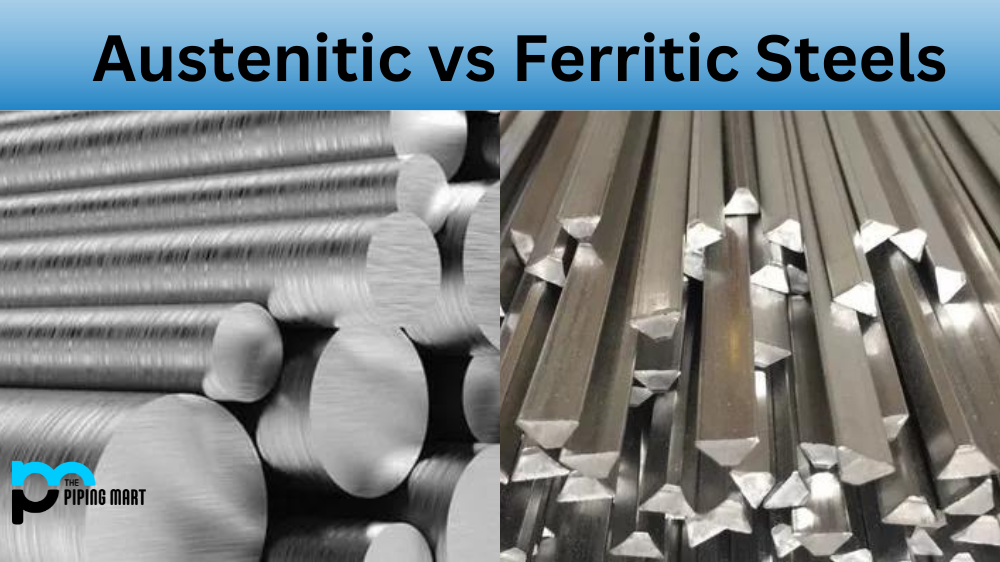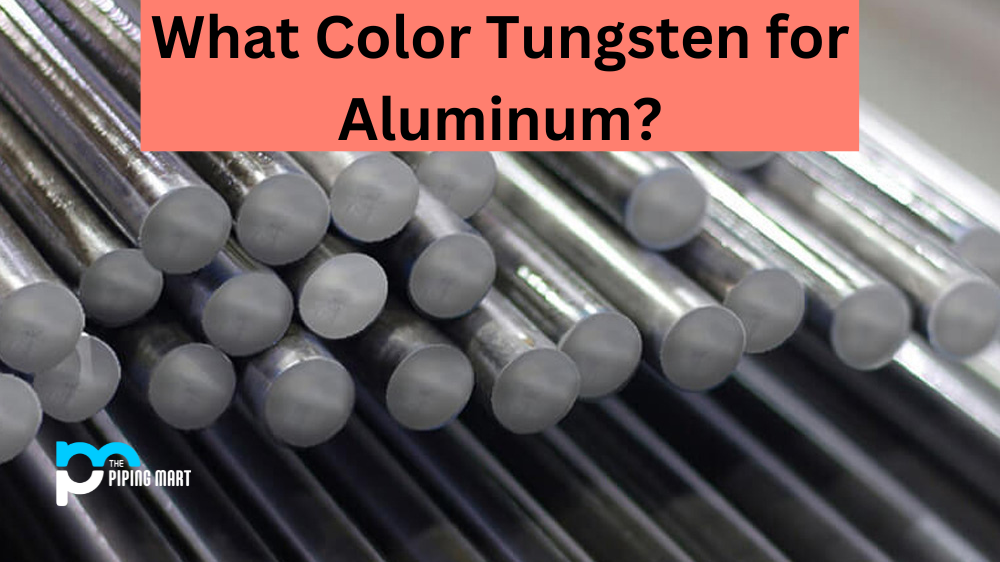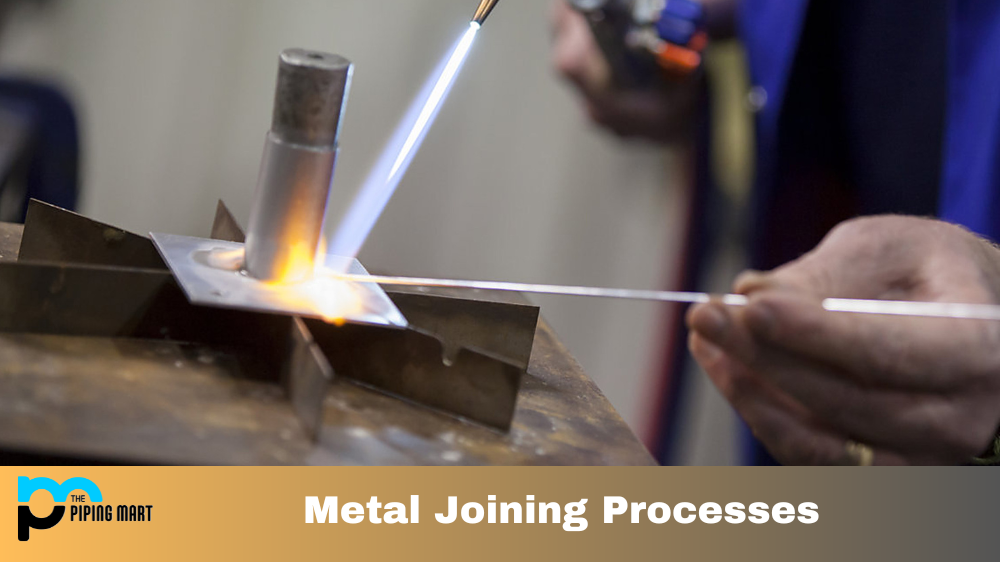Understanding the difference between austenitic and ferritic Steel can ensure that the suitable metal is chosen for a particular project. While they are both types of stainless Steel, important distinctions between these two materials must be considered. Let’s take a look at the differences between austenitic and ferritic Steel.
Austenitic Steel
Austenitic stainless Steel comprises iron, chromium, nickel, manganese, carbon, and nitrogen. This type of Steel is considered one of the most popular grades of stainless Steel because it offers excellent corrosion resistance even at high temperatures. It also has good weldability and formability due to its low levels of carbon content. Austenitic Steel is usually used for applications requiring high corrosion resistance levels, such as medical instruments or food processing equipment.
Ferritic Steel
Ferritic stainless Steel consists primarily of chromium with trace amounts of other elements such as silicon, molybdenum, titanium, aluminium, sulfur, phosphorus, and nitrogen. This type of Steel has a relatively low level of corrosion resistance compared to austenitic Steel, but it still offers decent protection against rust when exposed to certain environments. Ferritic Steel also has good ductility and formability, making it ideal for use in applications where strength or malleability are important factors, such as automotive parts or kitchen appliances.
Difference Between Austenitic and Ferritic Steel
- Austenitic steel is a type of stainless steel that contains at least 10% chromium and 8% nickel.
- Ferritic steel is a type of stainless steel that contains less than 10% chromium.
- Austenitic steel is non-magnetic, while ferritic steel is magnetic.
- Austenitic steel is more ductile and can be welded more easily than ferritic steel.
- Austenitic steel is more resistant to corrosion than ferritic steel.
Conclusion:
Now that we know more about the differences between austenitic and ferritic steels, we can decide which one is best suited for a certain application. Both offer excellent properties but depending on the environment they will be exposed to, one may have an advantage over the other for certain applications. For example, if you need something with higher heat resistance, then austenitic would be better than ferritic, while if you need something with higher ductility then ferritic will provide better performance than austenitic in those cases. Knowing these facts can help you choose the best material for your needs.

A passionate metal industry expert and blogger. With over 5 years of experience in the field, Palak brings a wealth of knowledge and insight to her writing. Whether discussing the latest trends in the metal industry or sharing tips, she is dedicated to helping others succeed in the metal industry.




